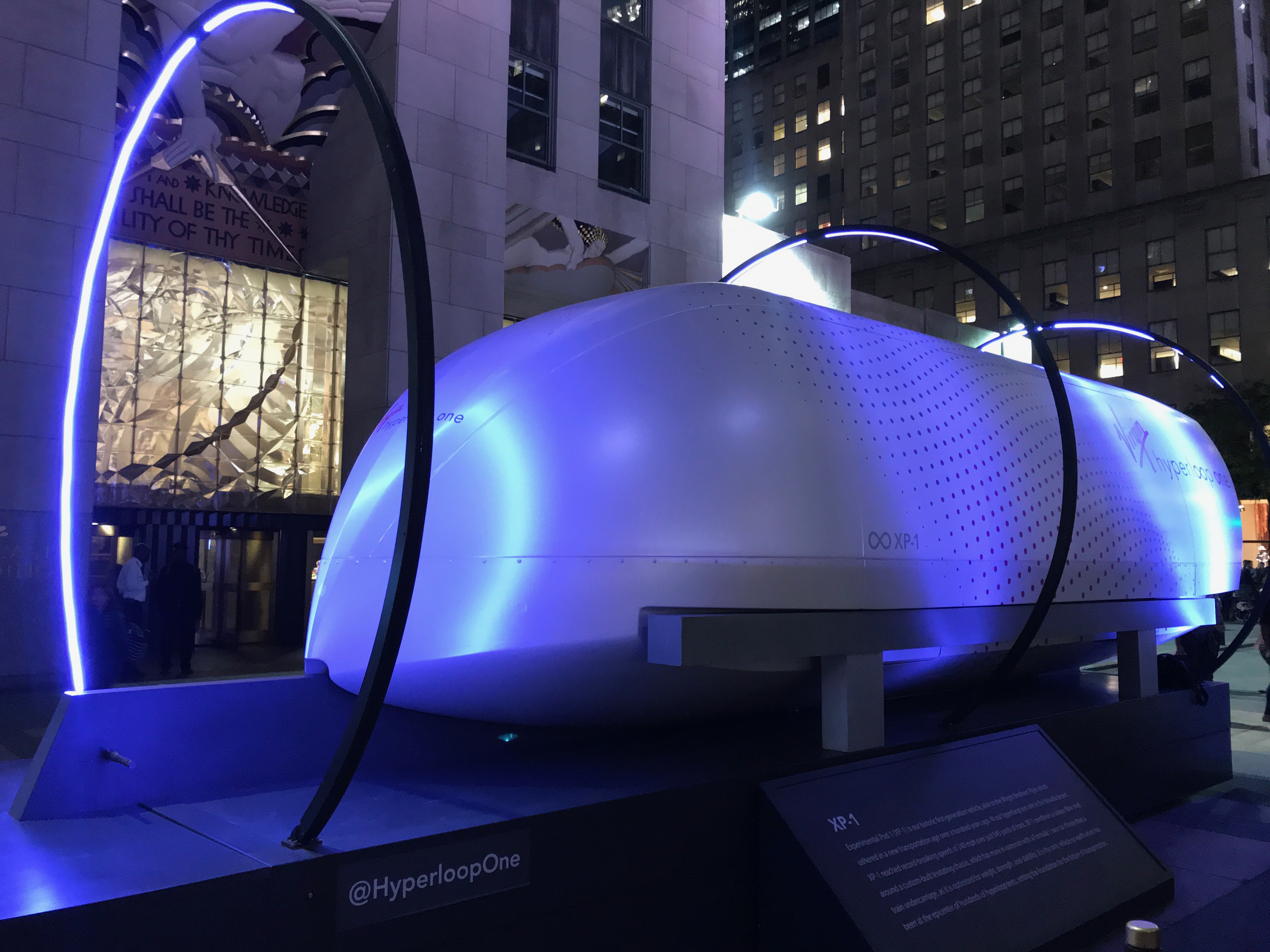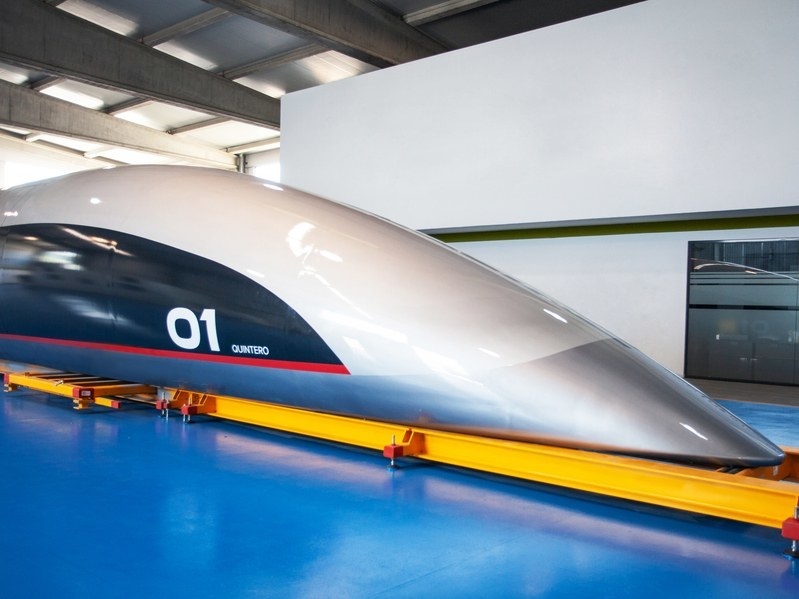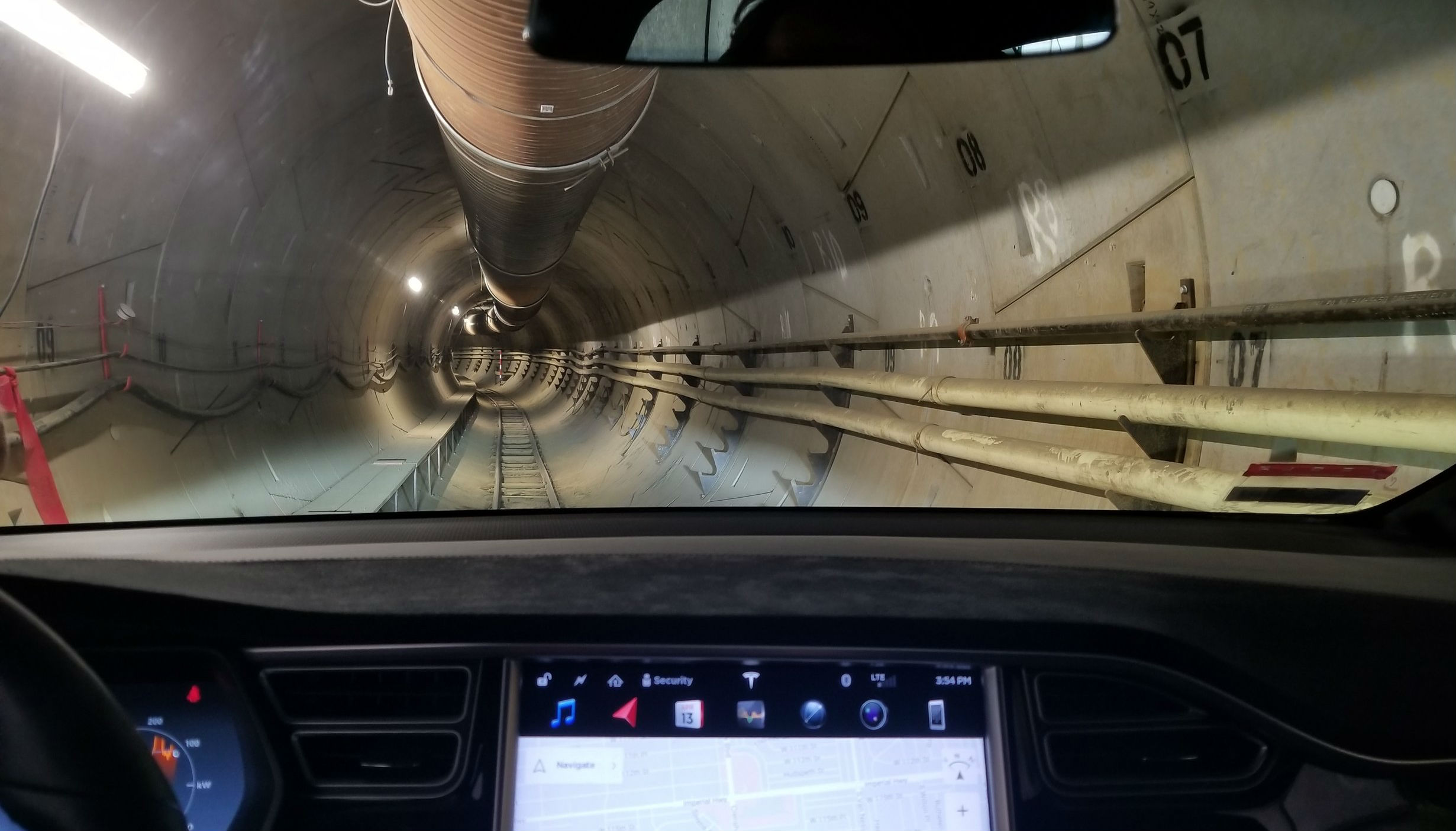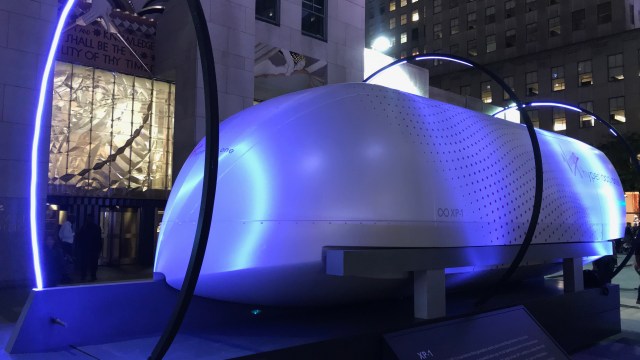Elon Musk’s Hyperloop is possible. How badly do we want it?

- The Hyperloop is essentially a bullet train in a vacuum tube that could travel at nearly the speed of sound.
- While Elon Musk’s Hyperloop is physically possible, it faces tremendous engineering obstacles.
- Major tradeoffs will involve cost, safety, and practicality. Any accidents, such as an air leak, would be catastrophic.
The speed of nearly every vehicle in our atmosphere is limited first and foremost by the resistance of the air into which it plows. Reduce the air pressure and — boom — it can now travel at a greater speed. Put a bullet train in a vacuum tube and it can travel at nearly the speed of sound.
The idea isn’t new; indeed, something similar was proposed centuries ago. Physicists will tell you that the idea works, but pesky engineers will point out the many tough problems that exist in actually building it. But thankfully, we can solve hard engineering problems. (Example: The Seattle area is putting the finishing touches on the world’s first light rail on a floating bridge.) Let’s look at the major challenges facing Elon Musk’s Hyperloop.
G-forces: the easy problem
Human beings have limited tolerance for acceleration, so-called g-forces. Acceleration isn’t just pushing the gas pedal; it also involves staying at the same speed but turning. Can this be achieved without making people vomit or pass out?
Absolutely. Commercial jets travel at more than 500 mph. They climb and descend. They turn and are jostled by air turbulence. They decelerate from flying speed to taxiing in a matter of seconds. Yet, most of the time, people aren’t nauseated or terrified. And the entire system is incredibly efficient — planes are constantly landing and taking off, one after another. The Hyperloop could be modeled after this.
But there’s one big difference: Airplanes are in the sky, while the Hyperloop would be on the ground. Clearing a smooth, straight, easy path for the tube would require a significant amount of work. But we’ve done this before: the Eisenhower interstate system. If a mountain gets in the way, we tunnel through. If a rock wall cuts across, we blast it. If a bay exists, we bridge or tunnel under it. If the terrain is rough, we smooth it. This engineering challenge is doable.
A harder problem: the vacuum tube
The Hyperloop essentially is a long, vacuum-sealed tube. There is very little air inside to cause resistance, which is why the train can travel so fast (perhaps 760 mph). Maintaining this vacuum, about one-thousandth the pressure of Earth’s atmosphere, through millions of cubic feet of volume will be a big challenge.
Whenever passengers enter or exit the system, the Hyperloop has to be temporarily unsealed. Thus, stations would require interlocks. Once passengers are on board, the train moves into the interlock, and the surrounding air is pumped out. When a vacuum is achieved in the interlock, it opens on the other side to allow the train to join the main track.
For structural integrity, the giant tube likely would be steel rather than the beautiful clear fantasy material seen in promotional materials. If the steel is welded together, it will be extremely resistant to air leaks, but it will thermally expand and contract as one giant mass, which would require a lot of engineering to allow the structure to move freely. If the system instead is made of a great number of small steel tubes connected by joints, those joints must be able to maintain the integrity of the vacuum. And the engineering must be perfect: If one joint fails, the result is catastrophic.
Avoiding a Hyperloop catastrophe
There are at least two ways in which a trip on the Hyperloop could end in catastrophe. In one scenario, the train stops moving, for whatever reason. Passengers would be marooned, possibly in the middle of nowhere, with a dwindling air supply. Perhaps the Hyperloop could include a mechanism to break the vacuum in certain sections, allowing passengers to disembark and escape. But, this isn’t easy because of the second possible disaster scenario.
If a seal breaks, the opening instantly sucks in air at an incredible rate, filling the vacuum inside. (Remember, nature hates a vacuum.) This would create an air shock blast wave traveling down the tube at roughly the speed of sound. If the tube bursts behind a train, the passengers will be subjected to a giant, likely lethal, acceleration, and then propelled forward at 700 mph with no brakes. If the tube fails in front of the train, passengers will be blasted with an air shock that would instantly annihilate the train and everyone inside. Worse, any accident doesn’t just affect one train. A shock wave would obliterate anyone unlucky enough to be anywhere inside the Hyperloop.
Engineering might be able to solve the problem, but the question involves cost and practicality. Could the tube contain many special sections that are capable of rapidly deploying a giant valve to maintain the vacuum? Could these special sections hold against the oncoming shock wave? Or would these special sections act as “sacrifices” to ward off an even greater catastrophe?
Finally, consider that a vehicle crashing into the tube could be enough to blow it open. Even a single 50-caliber bullet could potentially destroy an entire Hyperloop and kill everyone aboard. The Hyperloop, therefore, will require a lot of monitoring and security — both inside and outside the tube.
Hyperloop: pros and cons
There are several things in favor of the Hyperloop. It will be a much faster way to travel, will greatly reduce the emissions associated with transportation, and undeniably has an intangible “coolness factor.” But the cons are considerable, with safety and cost being the most pressing.
Engineering the Hyperloop is possible. But, like building a colony on Mars, the biggest question might be one of willpower: How badly do we want it?





